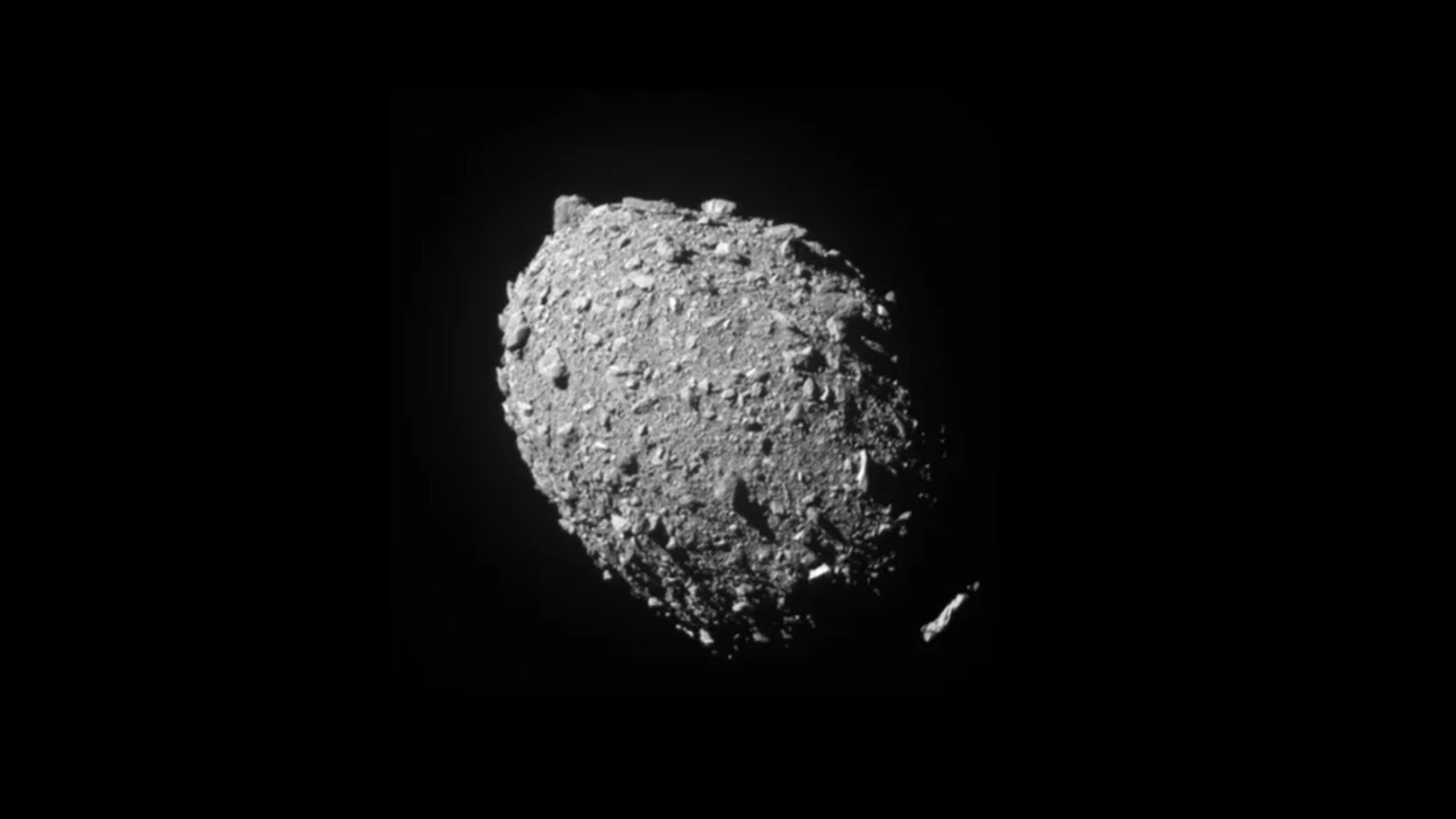NASA shows the orbital, physical characterization of asteroid Dimorphos following the DART impact

NASA scientists have recently published a study detailing the effects of the Double Asteroid Redirection Test (DART) on asteroid Dimorphos. The study shows that DART's kinetic impactor caused significant changes to the shape and orbit of Dimorphos.
The team of scientists used the data collected from various sources, including images captured by DART itself, the Goldstone Solar System Radar, and ground telescopes around the world to develop their findings. Their supercomputer models revealed that the impact caused Dimorphos' orbit to become more elongated than it was before, with its orbital period shortened by 33 minutes and 15 seconds.
The shape of the asteroid has also changed, going from a "squashed ball" that is wider than it is tall, to a "triaxial ellipsoid" that resembles an oblong watermelon. According to Shantanu Naidu, a navigation engineer at NASA’s Jet Propulsion Laboratory, "things got very interesting" after the DART impact.
Despite the significant changes, the scientists are optimistic about the results. Steve Chesley, a senior research scientist at JPL, noted that the team never expected to achieve the level of accuracy they attained in their models. The team's findings not only demonstrate the viability of using kinetic impactors to deflect hazardous asteroids but also provide new insights into the behavior of asteroids.
These supercomputer models have revealed that Dimorphos is a loosely packed "rubble pile" object, similar to asteroid Bennu. These findings will be beneficial for the upcoming Hera mission, planned to launch in October 2024, which will conduct a detailed survey and confirm how DART reshaped Dimorphos.
In conclusion, the DART mission has proved to be successful in many ways, including the demonstration of the usefulness of kinetic impactors in averting potential asteroid impacts and the new insights on the behavior of asteroids obtained using supercomputer models. The hope is that these findings will inform future asteroid deflection missions and ultimately contribute to Earth's safety in the face of potentially hazardous asteroids.

 How to resolve AdBlock issue?
How to resolve AdBlock issue?